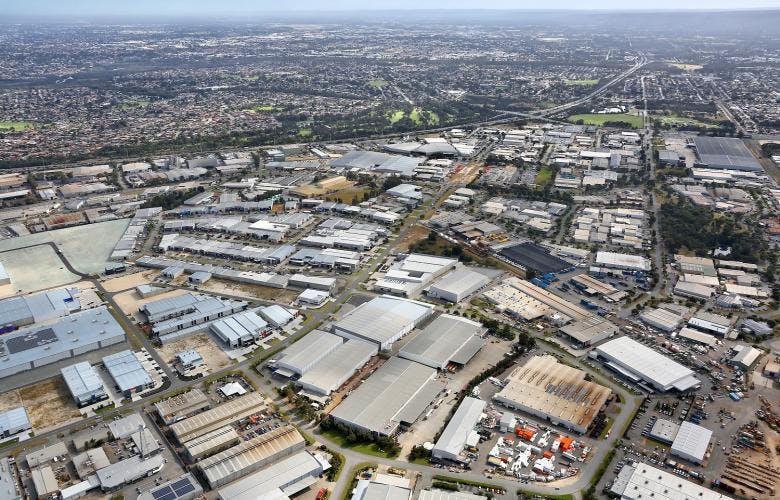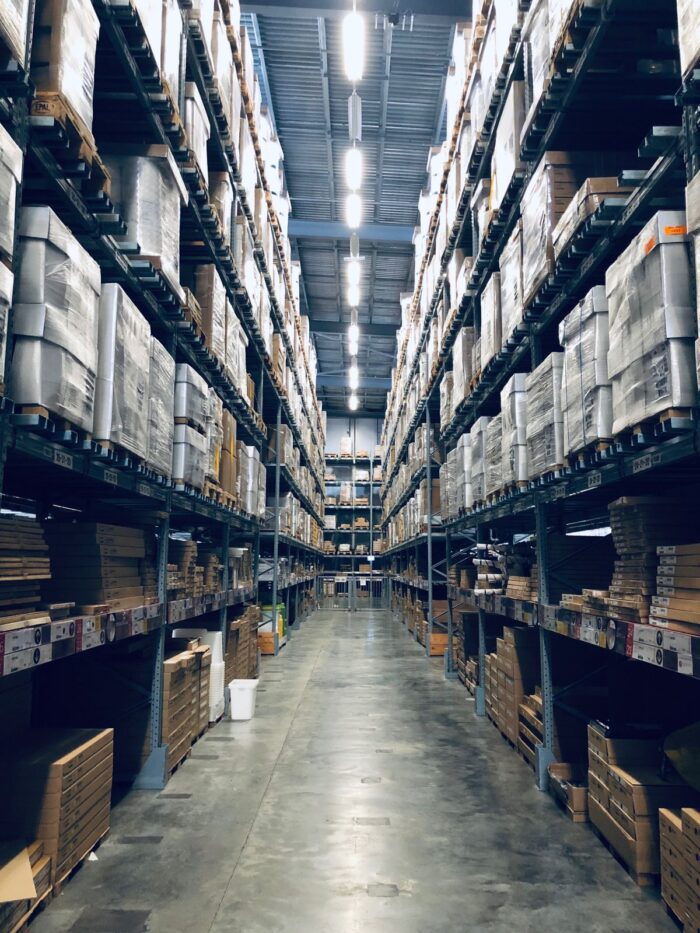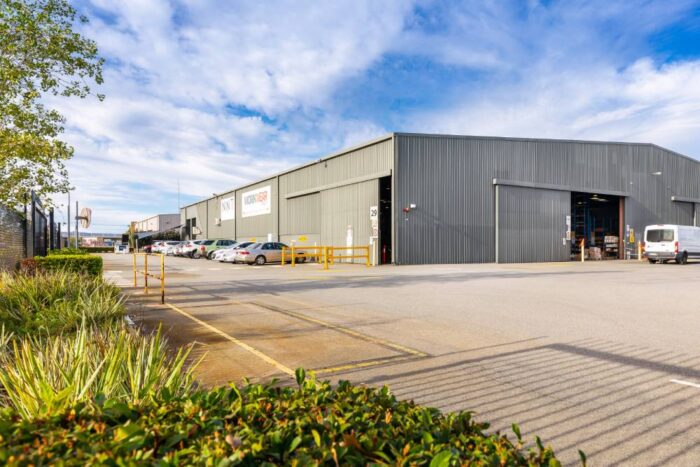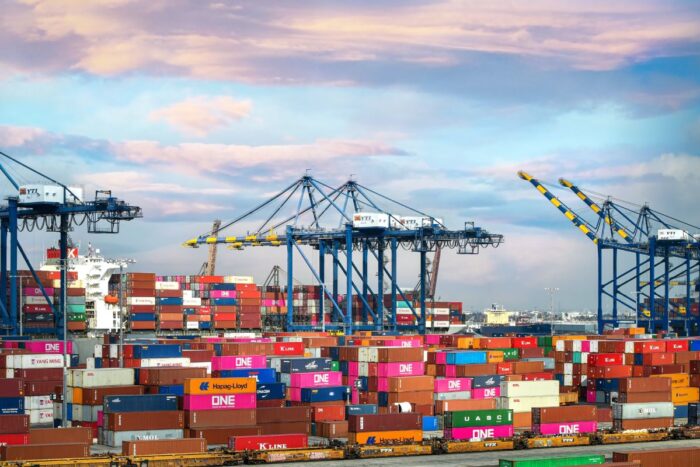Industrial
WA industrial property market update: January 2023
Published
10 January, 2023

Not in 15 years have we seen such exciting activity in Perth’s industrial property market. And in 2023, there’ll be more to come.
The last mining boom set record-high industrial rents, catapulted land values and saw almost every top shelf premises occupied by national or multi-national tenants. But for the following ten years, the industry flatlined.
A fifth of the market’s premises laid empty, and Perth was viewed as a boom-and-bust town, a place where only speculators would dare lay their money. Meanwhile, the east coast experienced much more stability and received far more attention.
COVID-19, as we’ll show you in our January 2023 WA industrial market update, changed all of that.
The rags to riches story of Perth’s industrial rental market

After the last mining boom, which helped industrial leasing demand skyrocket, the industrial property market fell off a cliff – there was nearly no movement in the rental market for the ten or so years following. Sounds a lot like WA’s residential market, doesn’t it?
During that dull period, specialised assets and their tenants were looked at as risky investments. If a transport or logistics tenant vacated a property that boasted significant cold storage facilities, then who would you find to replace it? It was too unique to be considered safe.
Then, catastrophe hit our shores in the form of a pandemic we now know as COVID-19. And our communities relied so heavily on transportation, logistics, cold storage and those essential services adding links to the supply chain, that suddenly demand for those specialised assets (and their relevant tenants) defied gravity.
Pre-COVID industrial vacancy rates sat at around 20 per cent. Today, vacancy in WA’s industrial market is 0.5 per cent. And what were then considered old, outdated assets, fetching rental income of around $60 per sqm, are now seeing occupancy charged at around $90 per sqm. This is the level the market was at in the last mining boom.
After the pandemic, more businesses are realising they need a WA presence. Supply chain issues from east to west coast have meant businesses now want to be closer to their customers. We saw the same thing happen on a tour to the United States back in 2017, which is why we entered the industrial market with so much vigour (we’ve since sold our industrial portfolio – read more about it here.)

Today, the same tenant that a new landlord would’ve cringed over between 2008 and 2019 is now the focus for those entering the market. Any logistics or transport operator will be a premium tenant.
Average industrial rents in WA are around $90 per sqm as of this writing. But this is expected to drastically improve in 2023.
Supply limited but growing
Supply has been severely limited due to growing construction costs. Developers have put their plans on the back burner, with steel and concrete costs rising to exceptional levels. But even while material costs appear to have hit the ceiling, the cost of labour – due to its severe shortage – continues to rise.
For investors, the opportunities to sneak their capital into a high-quality asset is limited, especially because the ratio of leaseholders to owner occupiers in WA’s industrial market is about 60/40.
There is a strong demand for land here in WA, but there are not a lot of businesses who subdivide industrial land (unlike residential). That said, there is about 60,000 square metres of industrial space coming onto the market on a speculative basis in 2023, and this is expected to alleviate some supply issues.
We shall see what 2023 brings, but while demand hasn’t yet piqued, it seems like the supply part of the equation has a lot of catching up to do.
East coast buyer demand

Demand for industrial property in WA is primary coming from the east coast. Yes, according to agents there are a mix of local WA, international and interstate buyers, but the bulk have a Sydney, Melbourne or Brisbane postcode.
In these buyers’ eyes, the WA industrial market is severely undervalued. If a warehouse in a Sydney logistics hub will go for $6 million, then a comparable asset in a comparable Perth precinct might fetch $3.5 million.
And as interest rates continue to rise, this will be a huge draw for east coast industrial property investors in 2023.
Interest rates have risen by 3 per cent since May 2022. Yet capitalisation rates in WA’s industrial market have only gone up from around 6.5 per cent to 7 per cent. This is due to Perth’s affordability.
According to CoreLogic, the percentage of income required to service a mortgage is 51.1 per cent in Sydney and just 30.7 per cent in Perth (as at September 2022). Industrial financing is likely similar, and east coast buyers can’t work out why WA buyers think their local market is so pricey. From their perspective, it is extremely affordable, and they’re not waiting for Perth-based investors to wake up to that.
Perth may have a lot of catching up to do to level with Sydney or Melbourne, but its current state is reminiscent of Sydney ten to 15 years ago.
An influx of buyers is only a good thing for Perth’s industrial property market. It brings us into the fold as a target for big-player dollars, puts healthy pressure on land values and promotes the state’s relevance as a premium destination for high-quality national and multi-national industrial tenants.
Beat the crowd to our next investment
Our next property investment opportunity isn’t far away. Want exclusive access to the Information Memorandum (IM) and the chance to invest first? Then subscribe for investment updates. We’ll keep you in the loop a week or so ahead of the investment launch, giving you the opportunity to invest before the investment is offered publicly.




